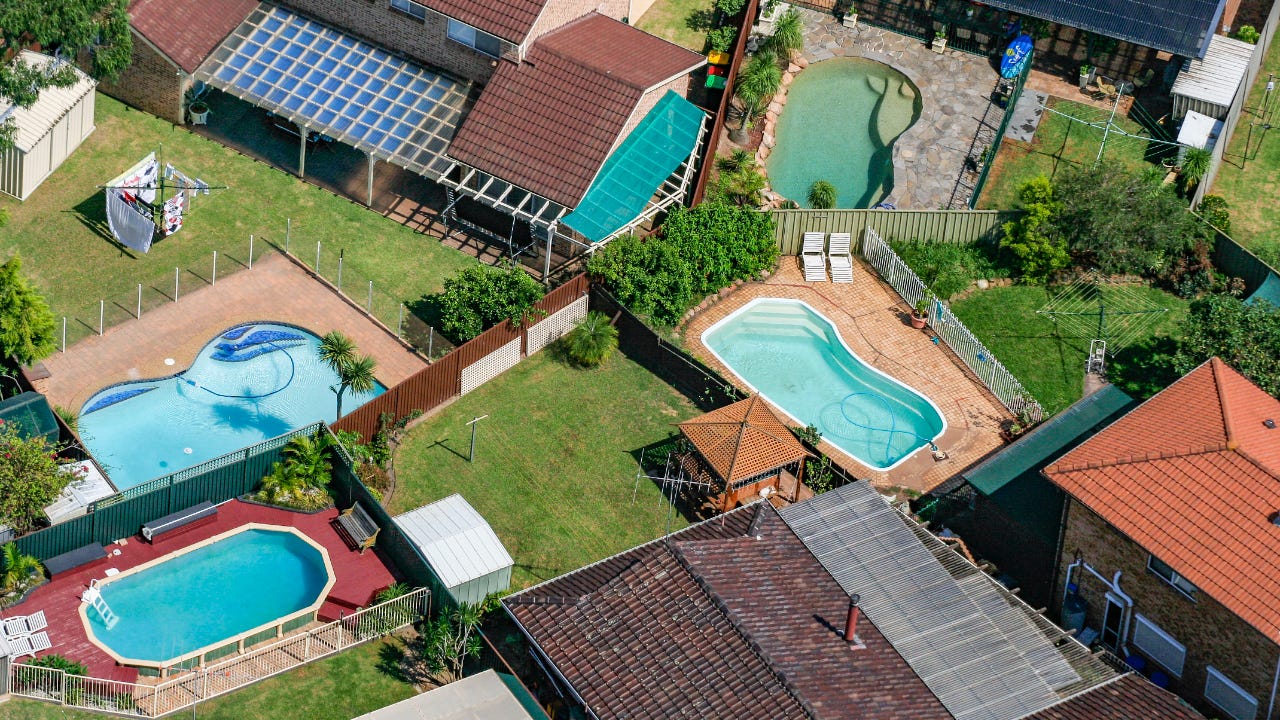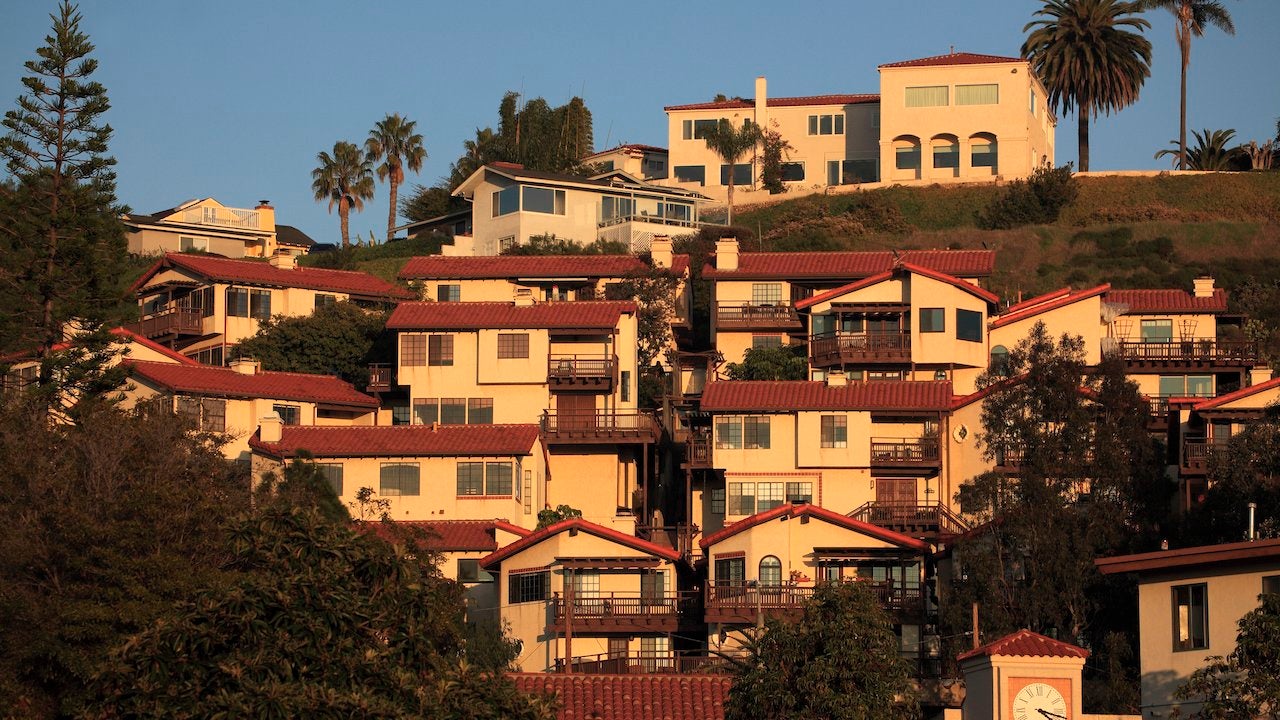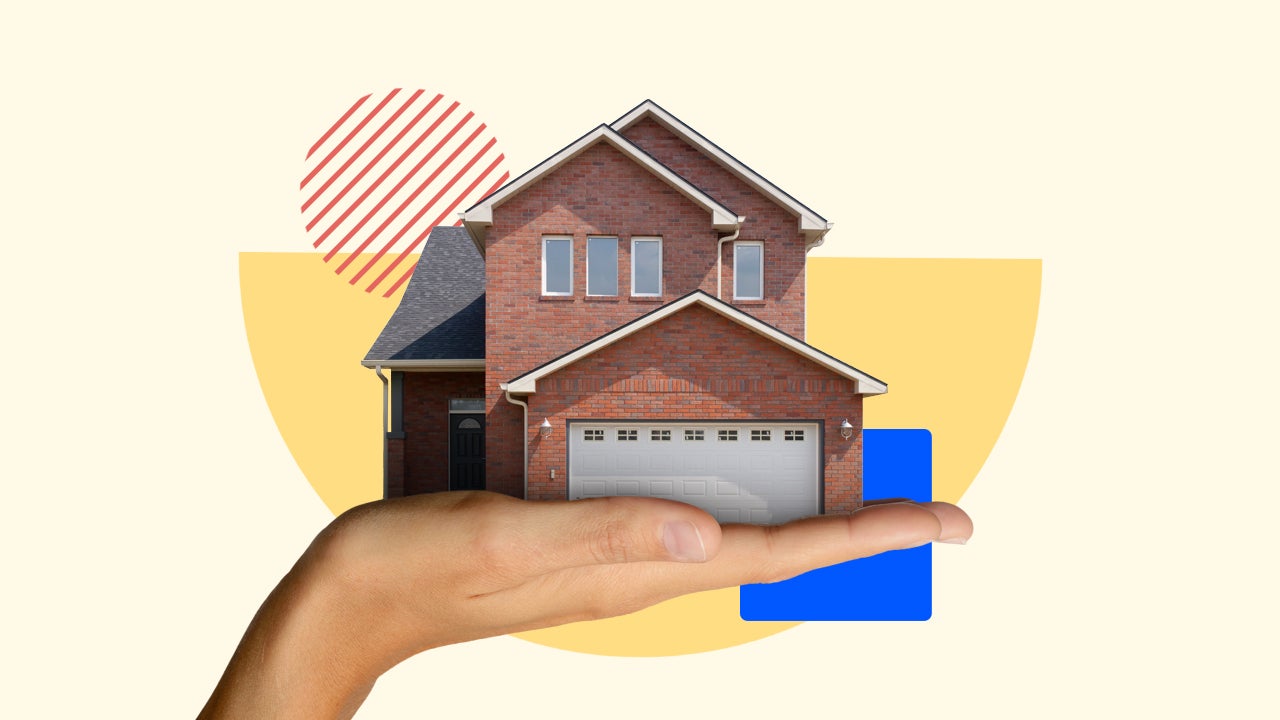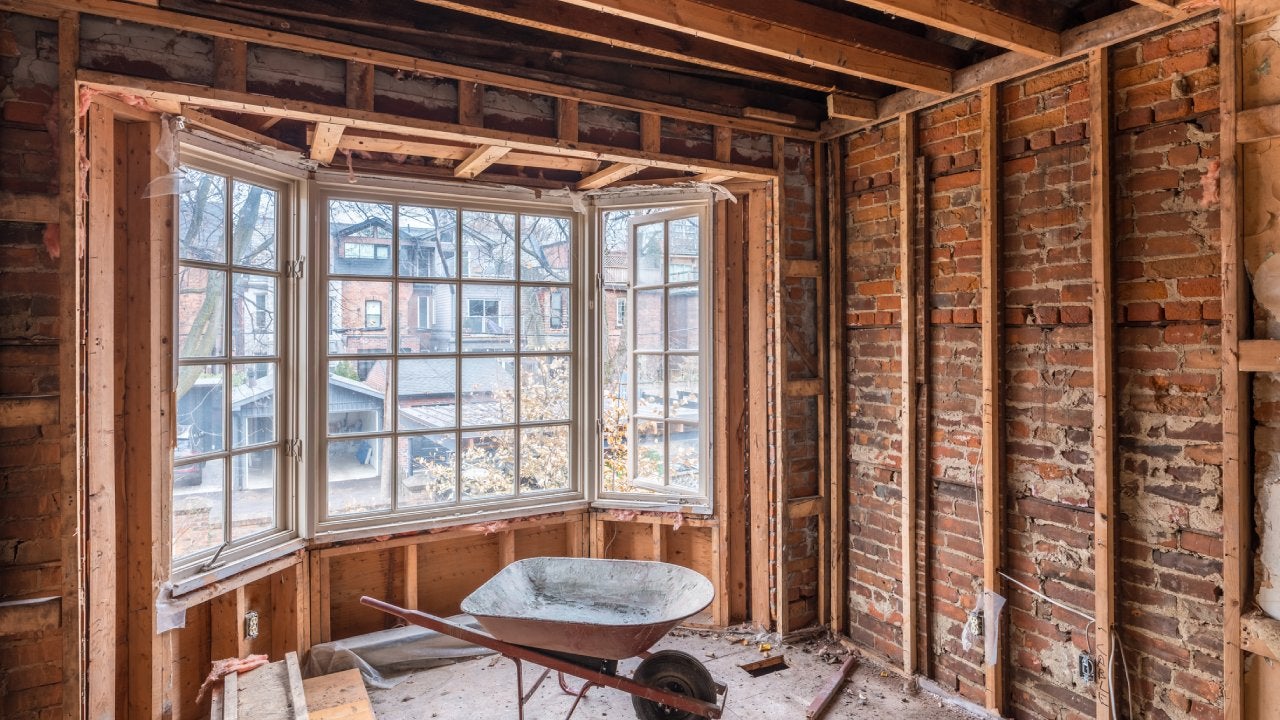5 signs your swimming pool needs remodeling

A swimming pool can be a great, life-enhancing addition to your backyard; it could even boost your home’s market worth (if it’s a common amenity among the houses in your neighborhood). However, pools aren’t all fun and Marco Polo games: They require upkeep and careful maintenance. And even with that, they eventually get old, wear down, or just look dated.
Here are five signs — some of them dire problems, others more discretionary — that your swimming pool needs remodeling or renovation.
Pool problem 1: It’s losing water
Most pool owners know they’ll have to add water occasionally, either because of evaporation or loss from regular use. But if the refill rate goes up, it could signal a problem.
“Adding a little bit of water here and there, maybe we can live with that, but once it gets to a significant water loss where you’re adding once a day or more, it can cause a major issue down the road,” says Jay Vogt, owner of Sherwin Pools in Massapequa Park, New York.
Ongoing leaks can damage the pool’s structural integrity or cause the filtration system to stop working. The first step, Vogt says, is identifying where the leak is coming from and then figuring out how to fix it.
If the leak is coming from the pool’s plumbing, you could consider repairing or replacing the pipes, and if the leak is coming from the pool’s surface, you should repair or replace the liner, fiberglass or concrete.
“If you see a giant rip in the bottom, usually you know where the problem is,” Vogt says.
Repairing a pipe might only cost a few hundred dollars if it’s not buried under a patio, and similarly addressing a minor crack or rip in the pool’s surface may not be a huge project, but replacing the filter system or completely redoing the liner or concrete could be much more expensive and involved.
Pool problem 2: It’s looking sad
Your pool’s deck is not shipshape: It has cracks and chips and broken tiles. Or the finishes on the surface aren’t as vibrant as they used to be. These give a pool a neglected, dilapidated air. And the broken bits could cause harm to swimmers or your system if they get into it.
Even if your liner, gunite or fiberglass is in good structural condition, you might want to spruce it up if it has faded over the years, or if your tastes have changed.
You can also consider adding some snazzy features like colored lights or waterfalls. According to Blue Haven Pools and Spas, a nationwide pool builder, some of the most popular state-of-the-art additions in recent years have been tanning shelves (large shallow areas suitable for partly-submerged lounge chairs) and extended second-step benches. While these kinds of features are easier to install in new construction, pools can be retrofitted if you’re willing to pay.
Once again, the price of these projects will depend on how extensive the work you’re doing is, and will also vary by location. If you’re just swapping out your white pool light for a color-changing LED, you may only have to pay a few hundred dollars for the parts and installation.
If instead you choose to create a new water feature or upgrade your liner, you’re likely looking at a project that will cost thousands of dollars. Redoing a deck on average costs $3,000, according to HomeAdvisor.
Pool problem 3: It’s getting too expensive
Chlorine, that staple of pool cleanliness, has gotten more expensive in the last few years; in fact, it “has tripled in the last season in price,” according to Vogt. As a result, “salt water systems are becoming very, very common, if not the most common thing in the field,” he says. In addition to being more cost-effective in the short run, salt water filtration systems can be lower-maintenance than traditional chlorinated-water ones, too.
There is a price to pay upfront: The initial conversion can cost between $425 and $2,500, according to HomeAdvisor, and the system will require a few thousand dollars in outlay every few years to keep it functioning properly (the salt chlorination cell needs to be replaced periodically). Even so, cheaper chemical costs and less active maintenance can make these systems a more economic choice.
Pool problem 4: It’s too time-consuming
Pools are almost like living creatures, requiring regular attention. While automated pool equipment has been around awhile, you can still spend a lot of time monitoring your pool — turning on filters, fiddling with the temperature — and the mundane chores may eventually start to seem too much or too inconvenient.
Well, there’s an app for that now. Smart pool features include systems that can help you monitor the water’s chemicals remotely, or operate the filter, heater or automatic cover — all from your phone.
While Vogt says high-tech systems can be a little more difficult to maintain because the electronics behind them are a bit more complicated, he acknowledges there are some benefits, too. “The automated systems can alert you immediately to a problem,” he says, like if your heater isn’t turning on or your filter isn’t running properly.
Pool problem 5: It’s too inefficient
Traditionally, pool filters operated in one of two ways: either off or running at full capacity. Not great for the energy grid.
A more energy-efficient way to go nowadays is with dual and variable speed pumps, which Vogt says are getting more and more common.
Whether a higher-tech pump makes sense for you depends a lot on where you live, however. Multi-speed models make more sense in warmer climates where pools are open more or less all year, Vogt says. In northern regions, a single-speed pump is usually a better option because most pool owners will need the highest filtration rate throughout the pool’s open season.
Multi-speed pumps are usually significantly more expensive upfront than single-speed models. But they can pay for themselves in energy savings over time if you’re able to take advantage of their lower speed settings for significant portions of the year. According to HomeAdvisor, a single-speed pump for an in-ground pool can cost as little as $455, while a basic variable speed pump costs nearly $1,100.
Maintenance tips for swimming pools
Although aging problems are inevitable with a pool, you can stave them off by keeping your pool in tip-top shape.
Vogt says that making sure your chemicals are always properly balanced goes a long way to extending the life of your equipment. “Chemistry of the water is super important, that’s what’s going to maintain almost everything over time,” he says. “If that’s maintained properly, you’re not going to have a lot of problems.”
If the chemicals get out of whack, it can lead to corrosion of the filter system’s plumbing or even of the pool’s structure. And the first sign of almost all major issues will be water loss, Vogt says. For such major issues, pool owners may need to hire a professional diver to find the source of the leak, which can cost a few hundred dollars by itself.
It’s also important to make sure you winterize your pool properly if you don’t live in a warm-weather clime. Most pools shouldn’t be drained, even for the winter, because the water helps keep the structure stable. And you should invest in a good, solid cover. Don’t let water or debris accumulate on the tarp.
Next steps in remodeling your swimming pool
While leaks may be the first thing that springs to mind, they aren’t the only issue that pool owners may want to address: Cosmetic and technological upgrades could help your pool be better suited to you. The first step is to get in touch with some professionals to see what the possibilities are.
If you’re already working with a company that regularly cleans your pool, they should be able to suggest other contractors who can take on your project if they can’t perform it themselves. Some pool companies may be more focused on design and structural alterations, while others may specialize in specific aspects like filtration system upgrades or maintenance.
Even if your current servicer recommends another contractor, it’s usually a good idea to get several estimates from a few different firms, and to understand the different suggestions and range of prices for the project you want to complete.
The price of remodeling a swimming pool ranges on average from $5,203 and $13,875, according to HomeAdvisor. But of course, the cost and timeline of your swimming pool renovation will vary by what you want done. Upgrading a pool light may be doable in an afternoon for a few hundred dollars, while upgrading your filtration system or replacing pipes will likely be a more time consuming and costly project.
You may also like

Sell my house fast in San Diego

Should you buy a house? 8 signs you’re ready

6 things to know about renovating an old house



